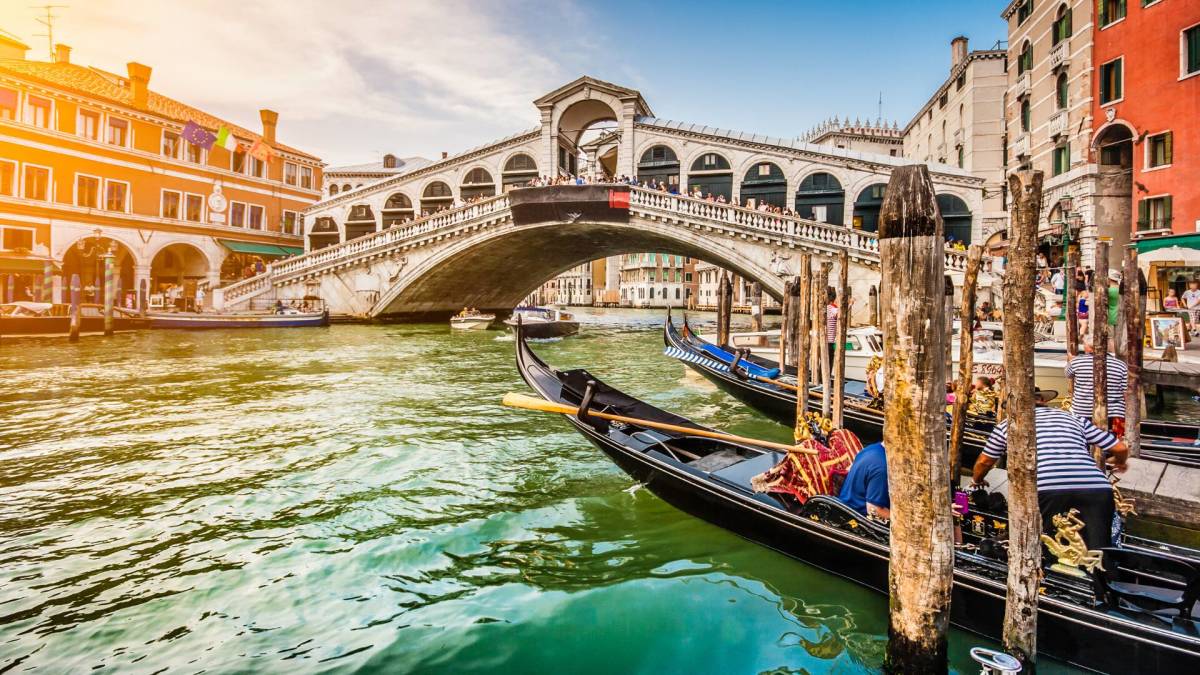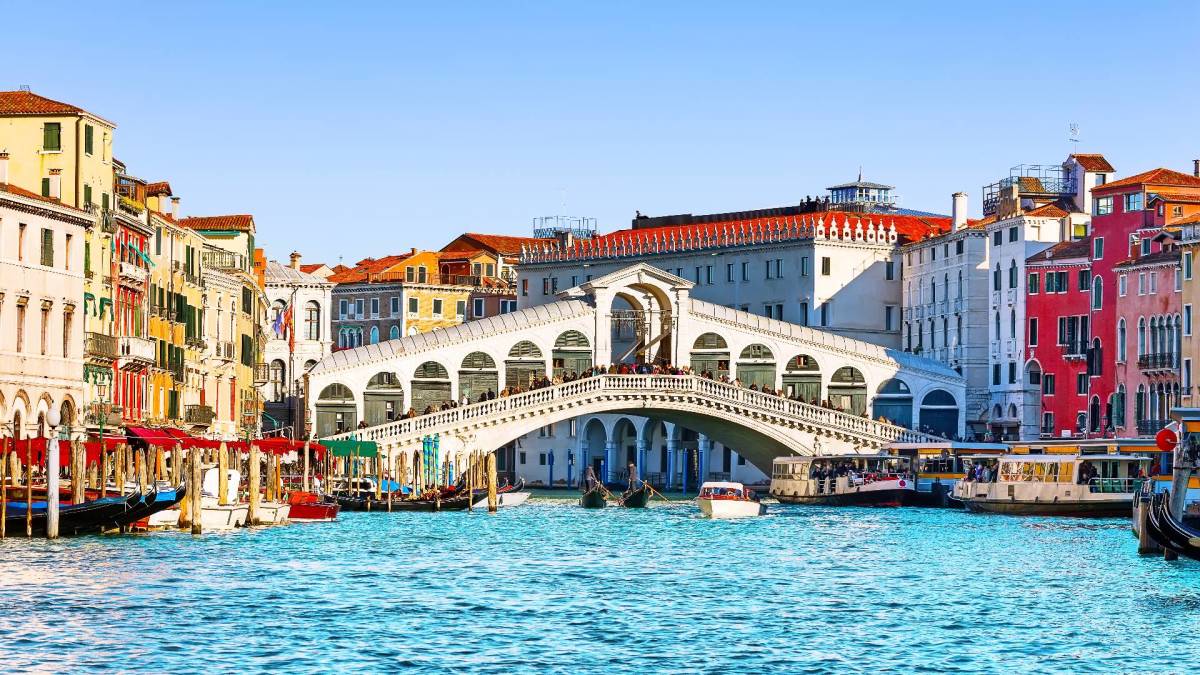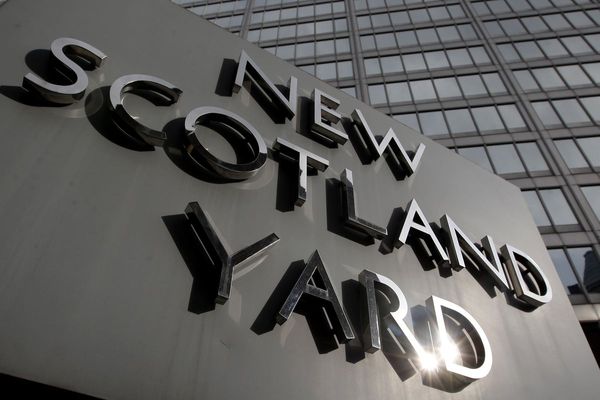
With many Italian cities and their most popular attractions dealing with overcrowding, local authorities have been trying different ways of diverting the flow of traffic.
In Rome, the city council is currently weighing whether to charge an entry fee to the Trevi Fountain, while Venice has already experimented with charging day visitors during the most popular summer weekends a fee of five euros (approximately $5.34 USD) each during the summer of 2024. Those staying overnight already get a separate fee tacked onto the hotel or vacation rental property bill.
Related: Domino effect: A tourist tax is coming to another country many want to visit
While the requirement ended by the time Italian children went back to school in September 2024, the Venetian city council has decided to bring it back once again for the summer of 2025 — and those who wait until the last minute to book their visit will see the fee double from five to 10 euros (roughly $10.82 USD).
This is how much more you’ll have to pay to come to Venice for the day
Any visitor (including Italians from other parts of the country) who enters the city between Friday and Sunday, and from April 18 through July 27 must pay the fee. Those who book their visit up to four days in advance will pay five euros, while reservations booked within a shorter timeframe will pay 10 euros.
More on travel:
- National Park visitor becomes first to get arrested for this in 2024
- Another airline strands passengers as it files bankruptcy
- The Airbnb/hotel debate is getting very tiresome
The new rules for the upcoming summer also increase the number of days in which a fee will be charged from 29 in 2024 to 54 over a longer span of time in 2025. As last year, the fee will apply only to visitors older than 14 and people who are coming into Venice and leaving the same day.
“The experiment worked and now we can move forward by maintaining the period but increasing the days,” Venice Mayor Luigi Brugnaro said while adding that locals were “not against tourism” but needed to take measures to curb crowding during the most popular visitor periods.
Related: Get the best cruise tips, deals, and news on the ships from our expert cruiser

Shutterstock
‘The city most exposed to and criticized for over-tourism’
In 2024, the city collected 2.4 million euros (roughly $2.5 million USD) from the fees that local officials say went toward clean-up and restoration of areas often frequented by tourists (one of the biggest criticisms lobbied at such taxes is the ability to control for corruption and verify whether the funds are actually going toward preservation).
Tickets for visiting during popular periods need to be purchased online through the local government website. Authorities will check tickets at random in arrival areas like the train station.
Venice is often considered an example of over-tourism because it has a permanent population of just over 50,000 residents but saw over 5.7 million annual visitors in 2023. As a result, local officials have been struggling with everything from garbage collection to navigating the flow of foot traffic.
Many of the issues facing Venice are exacerbated by the fact that rising sea levels have been causing the beautiful city on the water to gradually sink over the years.
"Venice has gone from being the city most exposed to and criticized for the phenomenon of over-tourism to being the city that is reacting to this phenomenon the earliest and most proactively on the global stage," Venetian city councilor Simone Venturini said in a statement separate from the mayor.
Related: Veteran fund manager sees world of pain coming for stocks







